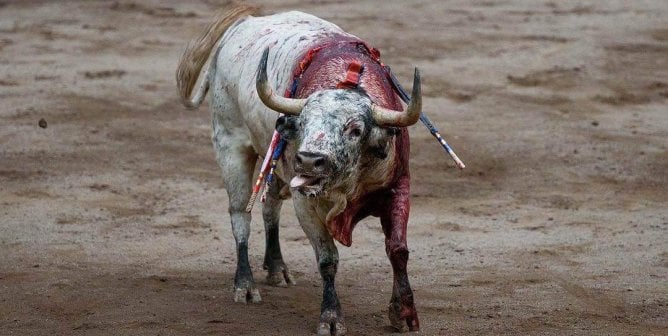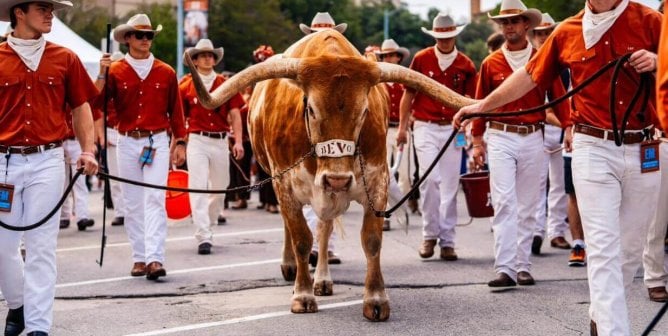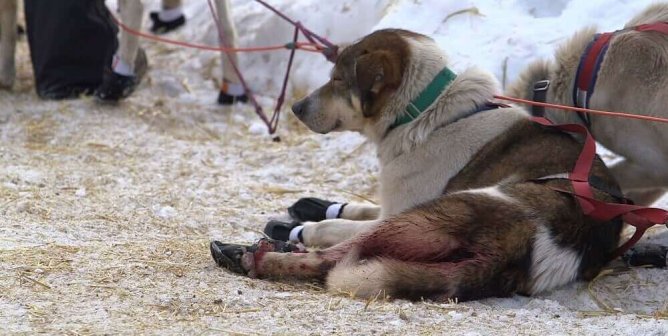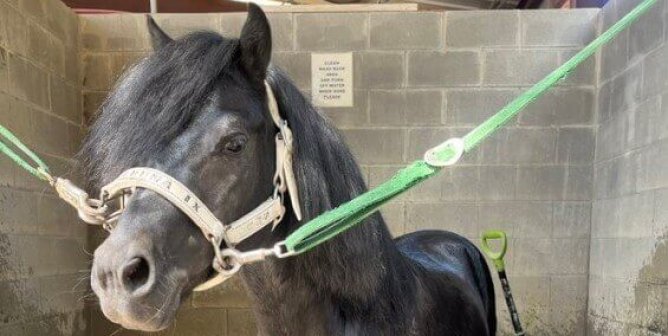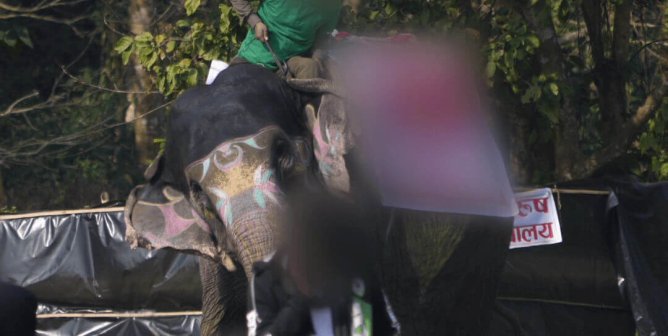Horse Racing
They weigh more than 1,000 pounds, are supported by ankles the size of a human’s, and are whipped and forced to run around tracks that are often made of hard-packed dirt at speeds of more than 30 miles per hour while carrying people on their backs. Racehorses are the victims of a multibillion-dollar industry that is rife with drug abuse, injuries, and race fixing, and many horses’ careers end at the slaughterhouse.
Racing to the Grave
Horses begin training or are already racing when their skeletal systems are still growing and are unprepared to handle the pressures of competition racing on a hard track at high speeds. One study on injuries at racetracks concluded that one horse in every 22 races suffered an injury that prevented him or her from finishing a race, while another estimated that 3 thoroughbreds die every day in North America because of catastrophic injuries during races.
Strained tendons or hairline fractures can be tough for veterinarians to diagnose, and the damage may go from minor to irreversible at the next race or workout. Horses do not handle surgery well, and many are euthanized or sold at auction to save the owners further veterinary fees and other expenses for horses who can’t race again.
When popular racehorse Barbaro suffered a shattered ankle at the beginning of the 2006 Preakness, his owners spared no expense for his medical needs, but as The New York Times reported, “[M]any in the business have noted that had Barbaro not been the winner of the Kentucky Derby, he might have been destroyed after being injured.”
Drugs and Deception
Trainers and veterinarians keep injured horses racing when they should be recovering by giving them a variety of legal drugs to mask pain and control inflammation. This leads to breakdowns because horses are able to run when, without the drugs, the pain would otherwise prevent them from trying.
Illegal drugs are also widely used. “There are trainers pumping horses full of illegal drugs every day,” says a former Churchill Downs public relations director. “With so much money on the line, people will do anything to make their horses run faster.” One trainer was suspended for using a drug similar to Ecstasy in five horses, and another has been kicked off racetracks for using clenbuterol and, in one case, for having the leg of a euthanized horse cut off “for research.” A New York veterinarian and a trainer faced felony charges when the body of a missing racehorse turned up at a farm and authorities determined that her death had been caused by the injection of a “performance-enhancing drug.”
Even the ‘Winners’ Lose
When they stop winning races or become injured, few racehorses are retired to pastures, because owners don’t want to pay for a horse who doesn’t bring in any money. Many end up in slaughterhouses in Canada, Mexico, or Japan, where they are turned into dog food and glue. Their flesh is also exported to countries such as France and Japan, where it is considered a delicacy.
Most horses who are sent to those facilities endure days of transport in cramped trailers where there is no access to water or food and injuries are common. Horses are subject to the same slaughter method as cows, but since horses are generally not accustomed to being herded, once together, they tend to thrash about in order to avoid being shot by the captive-bolt gun, which is supposed to render them unconscious before their throats are cut.
What You Can Do
Help end the cruelty:
- As long as the suffering continues, refuse to patronize existing tracks and lobby against the construction of new tracks.
- Support PETA’s efforts to ensure that racing regulations are reformed and enforced. While horse racing can never be entirely safe for the animals, a zero-tolerance drug policy, turf (grass) tracks only, a ban on whipping, competitive racing only after their third birthdays, and other reforms would make a world of difference to the horses.

